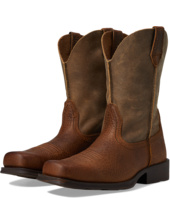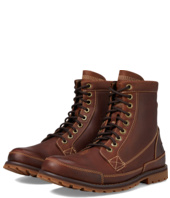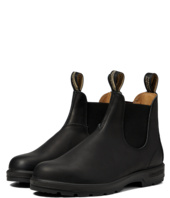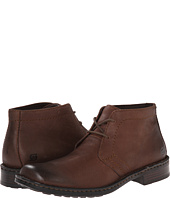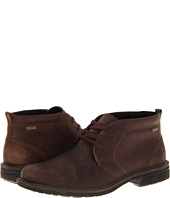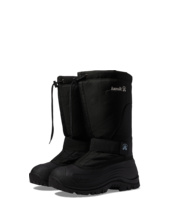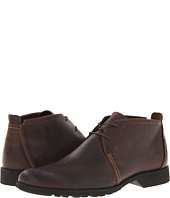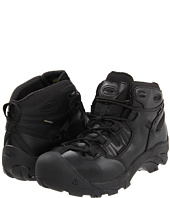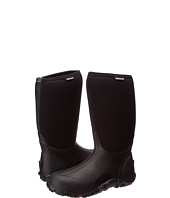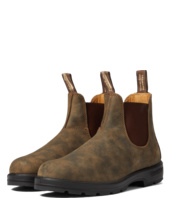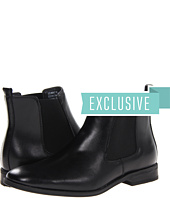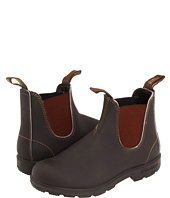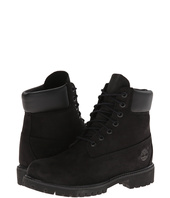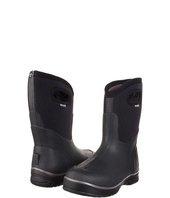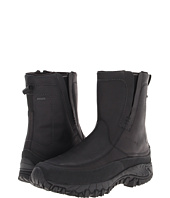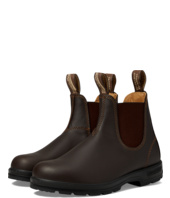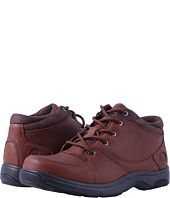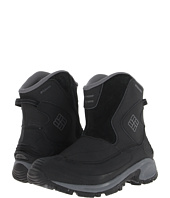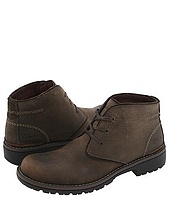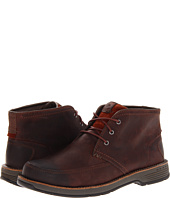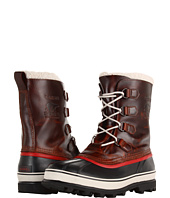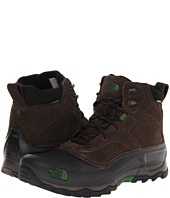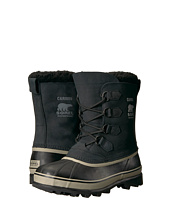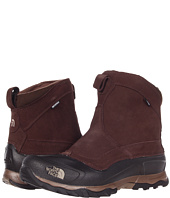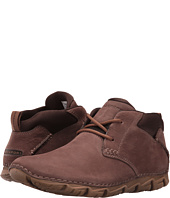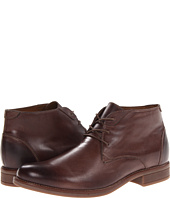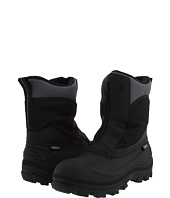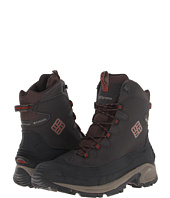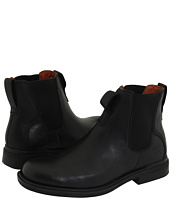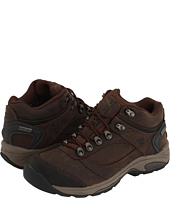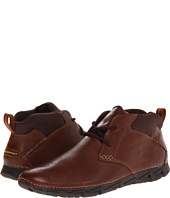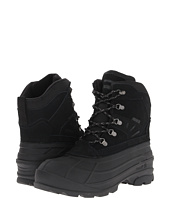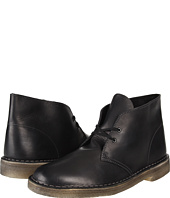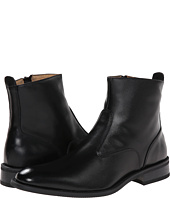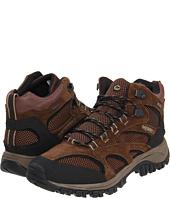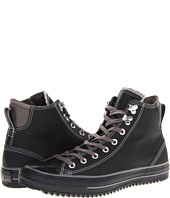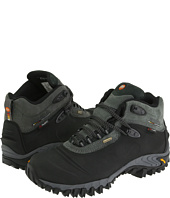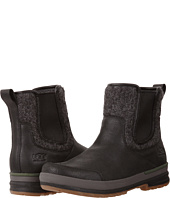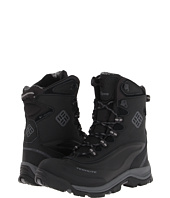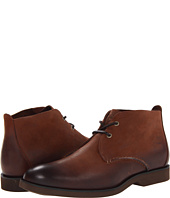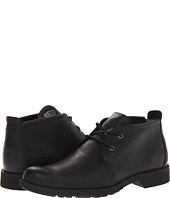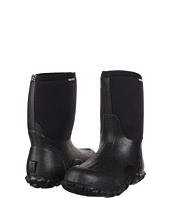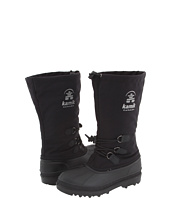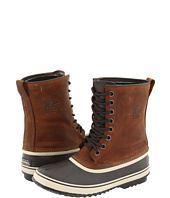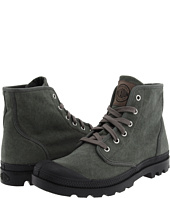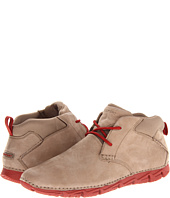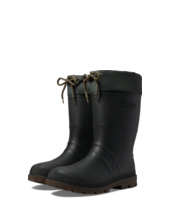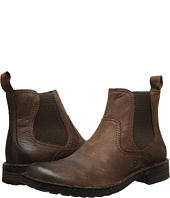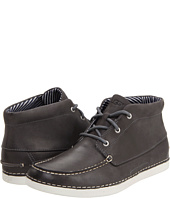Tony Blair's faith projects
From extremism to malaria nets
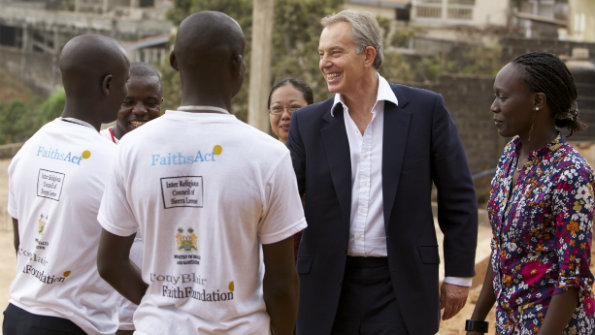
WHAT does Tony Blair do these days? Anybody who follows the news will probably know that one of his jobs involves peace-broking in the Holy Land. Then there is a project that may be even closer to his heart. As Britain's prime minister, he was both passionately religious and shy of expounding his creed in public (for fear, as he once said, of being thought a nutter). Now he pours some of his unspent energy into an NGO called the Tony Blair Faith Foundation (TBFF), which has the stated aim of helping to prevent "religious prejudice and conflict and extremism [by] working with people of faith and none...."
In Mr Blair's vision of things, religion can be a force for knowledge and mutual understanding rather than benighted ignorance. In some contexts, that principle seems easy enough to accept. One of the TBFF's flagship projects is in Sierra Leone, a country where the Blair name still has cachet more than a decade after his intervention to stop an especially bloody civil war. The Foundation has been testing the principle that in the world's poorest places, the social capital of religion is indispensable in any effort to improve health and increase life expectancy.
Malaria kills more people in Sierra Leone than any other disease and at the end of 2010, insecticide-treated bednets were distributed all over the country. But many people did not know how to use them. Working with GSK, the global pharma company, the Foundation has helped 529 Muslim and Christian leaders to spread some basic health tips, including the need to protect as many people as possible, especially pregnant women and children under five, with nets. It is estimated that 1.7m of the country's 6m people have now been given malaria-prevention advice. Between autumn 2011 and summer 2012, the number who said they used nets frequently rose from 66% to 79%.
Fighting deadly mosquitoes sounds like a better way for Christians and Muslims to spend their time than fighting each other. But in other contexts, Mr Blair is making more contentious assertions about the power of religion-based knowledge. Addressing a UN panel, the Counter-Terrorism Committee of the Security Council, this week, he said the "scourge" of terrorism was, at bottom, a problem caused by false and poorly informed readings of religion.
Of course, politics plays its part in fuelling this extremism, and the extremists are adept at jumping on the back of political grievances...But the soil in which they plant the seeds of hate is the soil of ignorance, of warped thinking producing warped minds and in particular of a distorted and false view of religion.
I think most analysts of terrorism would at least understand what Mr Blair was talking about; there can indeed be a link between poor and superficial theology and extremist ideas and behaviour. The ideological mentors of al-Qaeda are in Islamic terms weak theologians, convinced that they can issue their own "fatwas" or religious determinations without having to defer to any accumulated body of scholarship. But deep knowledge and learning does not always turn people into paragons of pacifism and moderation. Iran's Ayatollah Khomeini, the spiritual guide of the Iranian revolution, was a highly educated man by the lights of his own tradition. And people who commit spectacular acts of mega-terror, from the 9/11 hijackers to the attackers of London's transport system in July 2005, are often university graduates.
Spreading knowledge of the right sort is certainly a necessary condition for overcoming disease and poverty. Unfortunately it's not a sufficient condition for overcoming political or religiously inspired violence, even though it's still a worthy aim.
Photo credit: Tony Blair Faith Foundation







